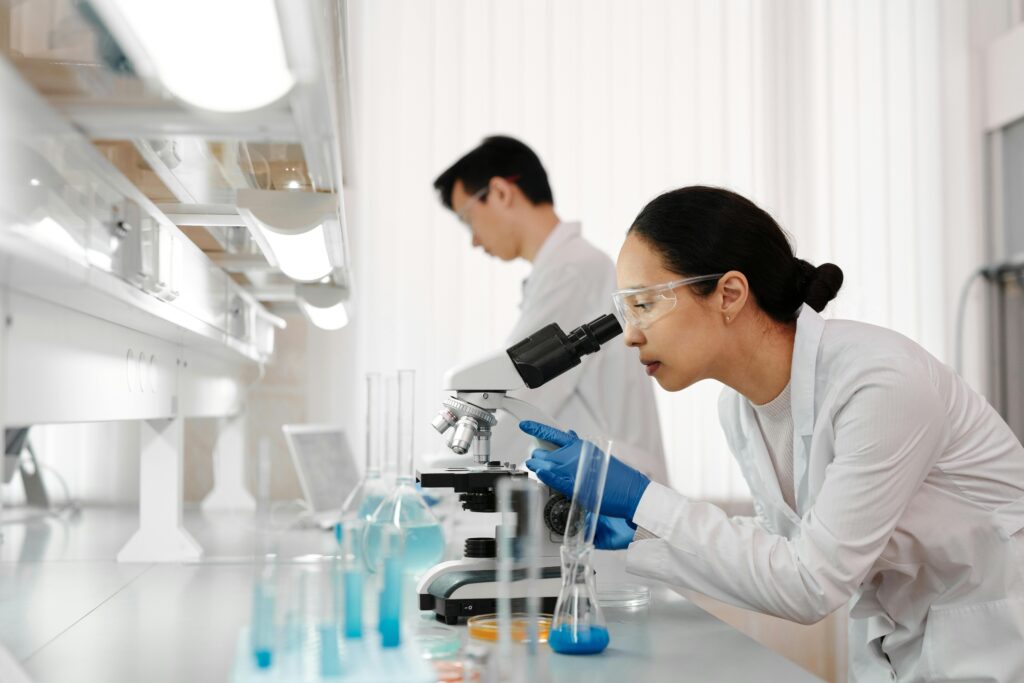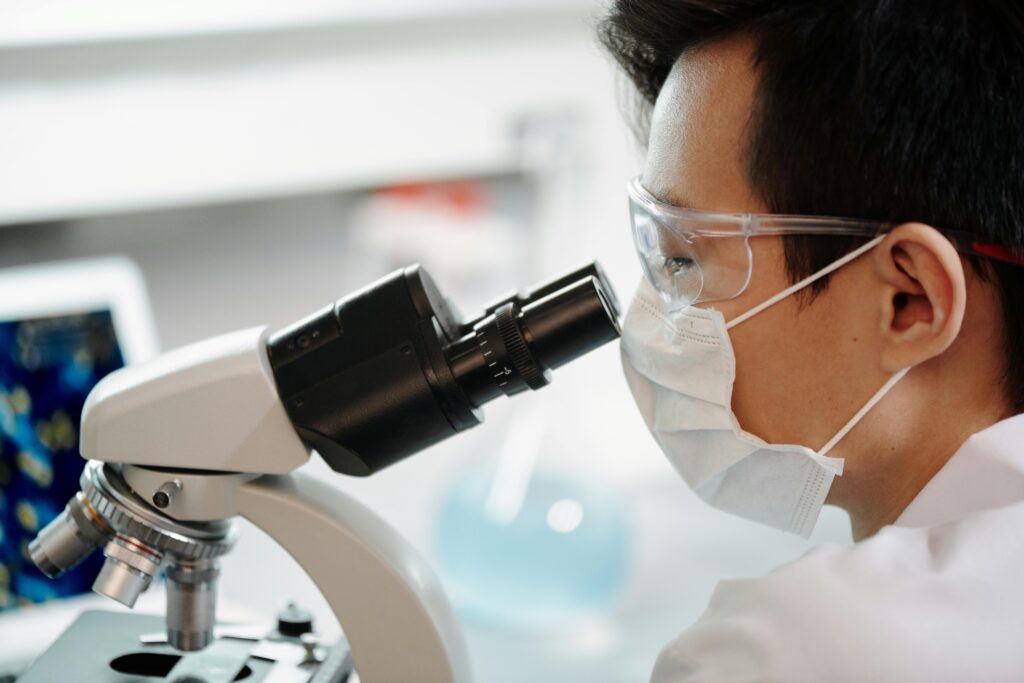Introduction
Leg diseases encompass a variety of conditions that can affect the muscles, bones, joints, nerves, and blood vessels of the legs. These conditions range from common issues like varicose veins and muscle cramps to more serious problems such as peripheral artery disease and deep vein thrombosis. Understanding the causes, symptoms, diagnostic approaches, and treatment options for leg diseases is essential for maintaining mobility, preventing complications, and promoting overall leg health. This comprehensive guide explores various leg diseases, their risk factors, preventive measures, and strategies for managing and treating these conditions.
Importance of Leg Health
Maintaining leg health is crucial for several reasons:

- Mobility and Independence
- Healthy legs are essential for walking, running, and performing daily activities.
- Good leg health promotes independence and overall quality of life.
- Prevention of Complications
- Proper management of leg diseases can prevent serious complications such as blood clots, infections, and chronic pain.
- Early detection and treatment of leg conditions can improve outcomes and reduce the risk of disability.
- Overall Well-being
- Leg health contributes to overall physical fitness, enabling individuals to engage in regular exercise and maintain a healthy lifestyle.
- Managing leg diseases effectively can enhance overall well-being and reduce healthcare costs.
Common Types of Leg Diseases
Understanding the types of leg diseases is crucial for diagnosis and management:
- Peripheral Artery Disease (PAD)
- Causes: Atherosclerosis (buildup of plaque in the arteries) reduces blood flow to the legs.
- Symptoms: Leg pain during exercise (claudication), numbness, weakness, coldness in the lower leg or foot, and slow-healing wounds.
- Management: Lifestyle changes, medications (antiplatelets, statins), and procedures (angioplasty, bypass surgery).
- Deep Vein Thrombosis (DVT)
- Causes: Blood clot formation in the deep veins of the legs, often due to prolonged immobility, surgery, or underlying medical conditions.
- Symptoms: Swelling, pain, redness, and warmth in the affected leg.
- Management: Anticoagulant medications, compression stockings, and in severe cases, thrombolysis or surgical removal of the clot.
- Varicose Veins
- Causes: Weak or damaged valves in the veins lead to blood pooling and vein enlargement.
- Symptoms: Swollen, twisted veins visible under the skin, leg pain or aching, heaviness, and itching.
- Management: Lifestyle changes, compression stockings, sclerotherapy, laser treatment, and surgical procedures.
- Chronic Venous Insufficiency (CVI)
- Causes: Poor blood flow in the veins due to valve dysfunction or vein obstruction.
- Symptoms: Swelling, aching, skin changes (discoloration, thickening), and ulcers on the lower legs.
- Management: Compression therapy, medications, lifestyle modifications, and in severe cases, surgical intervention.
- Muscle Cramps and Spasms
- Causes: Dehydration, electrolyte imbalances, overuse of muscles, and underlying medical conditions.
- Symptoms: Sudden, involuntary muscle contractions causing pain and discomfort.
- Management: Hydration, stretching, massage, electrolyte supplements, and addressing underlying causes.
- Leg Ulcers
- Causes: Poor circulation, diabetes, venous insufficiency, and pressure sores.
- Symptoms: Open sores or wounds on the legs, often accompanied by pain, swelling, and infection.
- Management: Wound care, compression therapy, antibiotics for infections, and treating the underlying cause.
- Restless Legs Syndrome (RLS)
- Causes: Genetic factors, iron deficiency, kidney failure, and certain medications.
- Symptoms: Uncomfortable sensations in the legs, accompanied by an irresistible urge to move them, especially at night.
- Management: Medications, lifestyle changes, iron supplements, and treating underlying conditions.
Symptoms of Leg Diseases
Symptoms vary depending on the type and severity of the leg disease:
- Pain and Discomfort: Leg pain, aching, cramping, and heaviness, particularly during or after physical activity.
- Swelling: Edema in the legs, ankles, or feet, often accompanied by skin tightness.
- Visible Veins: Enlarged, twisted, or bulging veins visible under the skin.
- Skin Changes: Discoloration, thickening, and ulceration of the skin on the legs.
- Numbness and Weakness: Reduced sensation or strength in the legs, sometimes accompanied by a feeling of coldness.
- Wounds and Ulcers: Open sores or slow-healing wounds on the legs.
Diagnostic Approaches
Diagnosing leg diseases involves a combination of clinical evaluation, laboratory tests, and imaging studies:
- Clinical Evaluation
- Medical History: Detailed inquiry about symptoms, risk factors (family history, lifestyle), and previous medical conditions.
- Physical Examination: Assessment of leg appearance, palpation for tenderness or swelling, and evaluation of pulses.
- Laboratory Tests
- Blood Tests: To check for markers of inflammation, infection, and underlying medical conditions (e.g., diabetes, clotting disorders).
- Imaging Studies
- Doppler Ultrasound: Non-invasive imaging to evaluate blood flow in the arteries and veins of the legs.
- Venography: X-ray imaging using contrast dye to visualize veins and detect blockages or abnormalities.
- Ankle-Brachial Index (ABI): Measurement of blood pressure in the ankle compared to the arm to assess blood flow and detect PAD.
- MRI or CT Angiography: Detailed imaging to visualize blood vessels and identify blockages or structural abnormalities.
Managing and Treating Leg Diseases
Treatment goals focus on relieving symptoms, managing the underlying cause, and preventing complications:
- Medications
- Anticoagulants: To prevent blood clot formation in conditions like DVT.
- Antiplatelets and Statins: To manage PAD and reduce the risk of cardiovascular complications.
- Pain Relief: Nonsteroidal anti-inflammatory drugs (NSAIDs) and analgesics to alleviate pain and discomfort.
- Diuretics: To reduce swelling in conditions like CVI.
- Lifestyle Changes
- Healthy Diet: Emphasize fruits, vegetables, whole grains, lean proteins, and healthy fats to support overall leg health.
- Regular Exercise: Engage in activities like walking, swimming, and cycling to improve circulation and muscle strength.
- Weight Management: Achieve and maintain a healthy weight to reduce strain on the legs.
- Hydration: Drink plenty of water to prevent dehydration and muscle cramps.
- Compression Therapy
- Compression Stockings: Worn to improve blood flow, reduce swelling, and prevent blood clot formation.
- Intermittent Pneumatic Compression Devices: Used to enhance circulation and reduce the risk of DVT.
- Surgical and Interventional Procedures
- Angioplasty and Stenting: To open blocked arteries and restore blood flow in PAD.
- Vein Stripping and Ligation: Surgical removal or tying off of varicose veins.
- Sclerotherapy: Injection of a solution to close off and shrink varicose veins.
- Wound Debridement: Removal of dead tissue to promote healing of leg ulcers.
- Therapies and Rehabilitation
- Physical Therapy: Exercises and stretches to improve leg strength, flexibility, and circulation.
- Occupational Therapy: Guidance on performing daily activities and managing leg conditions effectively.
- Wound Care: Specialized care for leg ulcers, including cleaning, dressing, and monitoring for infection.
Preventive Measures
Promoting leg health and preventing leg diseases involve proactive measures and healthy lifestyle choices:
- Healthy Diet
- Balanced Nutrition: Focus on a diet rich in fruits, vegetables, whole grains, lean proteins, and healthy fats.
- Limit Unhealthy Foods: Reduce intake of salt, sugar, and saturated fats to maintain healthy blood pressure and cholesterol levels.
- Regular Physical Activity
- Engage in regular exercise to improve circulation, control weight, and reduce the risk of leg diseases.
- Routine Check-ups
- Regular medical check-ups to monitor blood pressure, cholesterol levels, and overall leg health.
- Screenings for risk factors such as diabetes and obesity.
- Smoking Cessation
- Avoid tobacco products to improve vascular health and reduce the risk of leg diseases.
- Proper Leg Care
- Practice good hygiene, moisturize regularly, and avoid prolonged periods of immobility.
- Elevate legs when sitting or lying down to improve circulation and reduce swelling.

Conclusion
Managing leg diseases requires a comprehensive approach, including early diagnosis, personalized treatment plans, and preventive measures to promote leg health and reduce the risk of complications. By understanding the causes, symptoms, diagnostic approaches, and treatment options for various leg diseases, individuals can take proactive steps to protect their leg health and overall well-being. Collaboration with healthcare providers, adherence to treatment recommendations, and regular screenings are essential for optimizing leg health and preventing mobility issues and other complications.
